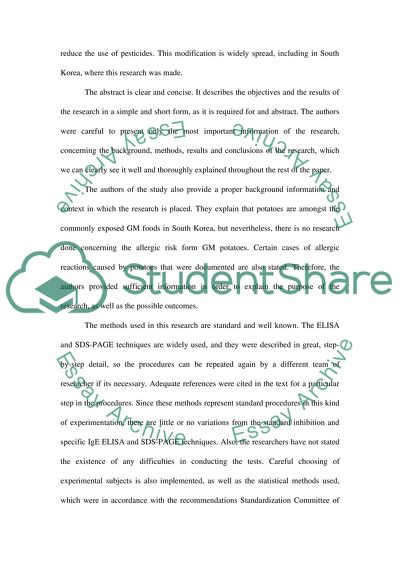Cite this document
(“Genetically Modified Food Book Report/Review Example | Topics and Well Written Essays - 1000 words”, n.d.)
Genetically Modified Food Book Report/Review Example | Topics and Well Written Essays - 1000 words. Retrieved from https://studentshare.org/health-sciences-medicine/1522587-genetically-modified-food
Genetically Modified Food Book Report/Review Example | Topics and Well Written Essays - 1000 words. Retrieved from https://studentshare.org/health-sciences-medicine/1522587-genetically-modified-food
(Genetically Modified Food Book Report/Review Example | Topics and Well Written Essays - 1000 Words)
Genetically Modified Food Book Report/Review Example | Topics and Well Written Essays - 1000 Words. https://studentshare.org/health-sciences-medicine/1522587-genetically-modified-food.
Genetically Modified Food Book Report/Review Example | Topics and Well Written Essays - 1000 Words. https://studentshare.org/health-sciences-medicine/1522587-genetically-modified-food.
“Genetically Modified Food Book Report/Review Example | Topics and Well Written Essays - 1000 Words”, n.d. https://studentshare.org/health-sciences-medicine/1522587-genetically-modified-food.


